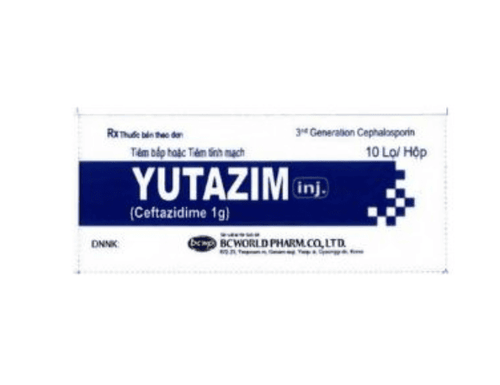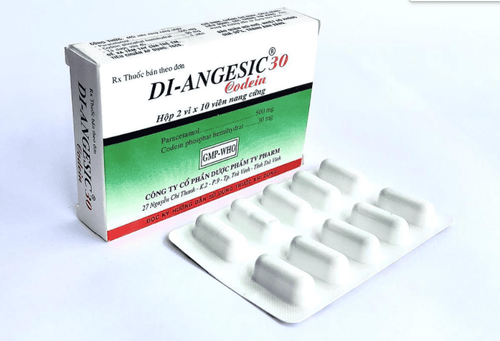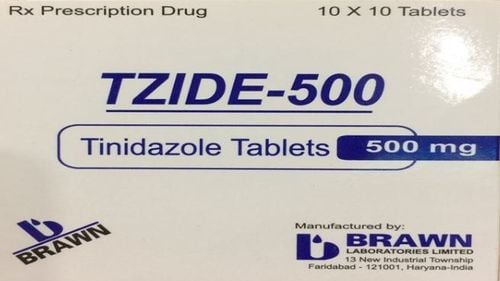This is an automatically translated article.
The article was professionally consulted by Specialist Doctor I Nguyen Hong Phuc - Emergency Department - Vinmec Phu Quoc International General Hospital. The doctor has many years of experience in the treatment of respiratory medicine.Pleurisy, if not diagnosed and treated promptly, can cause many dangerous complications, leading to respiratory failure and rapid death.
1. Learn about pleurisy
The pleura is a thin membrane between the lungs and the chest wall that protects the lungs. Between the two layers of the pleura is pleural fluid that lubricates the membranes so they can slide over each other easily. In case the pleural layer is inflamed, the membrane will not be able to slide over each other, making the patient painful when coughing or sneezing.Pleurisy occurs when the pleural lining is inflamed causing chest pain, the pain will increase when the patient breathes.
If not diagnosed and treated promptly, pleurisy can cause many dangerous complications, leading to respiratory failure. Early recognition of signs of pleurisy plays a very important role in improving the effectiveness of the treatment process.
2. Dangerous complications of pleurisy
If pleurisy is not diagnosed correctly and treated in time, the patient may face the risk of complications into:Lung abscess; Purulent, leaking into the walls of the chest; Secondary or mixed pneumothorax; Pericardial effusion; Sepsis.

3. Diagnosing pleurisy
To determine whether the patient has pleurisy or not, the doctor will conduct a clinical examination and assign the patient to perform some of the following tests:Blood test: This test will help the doctor know whether the patient has an infection; X-ray: Take an X-ray to see if the fluid between the two pleural spaces has increased; Computed tomography (CT scan): This test will help display images of the patient's lungs in different slices and make a more accurate diagnosis; Ultrasound: Ultrasound uses high-frequency sound waves to create accurate images of the internal structures of the patient's body, this test will help the doctor determine if the person with pleurisy has an effusion. pleura or not. Electrocardiogram (ECG or EKG): This test checks and monitors a person's heart rate to rule out heart problems that could be causing chest pain.
4. Pleurisy and treatment

In addition, patients with pain can use drugs to treat pleurisy called non-steroidal anti-inflammatory drugs (NSAIDs). Usually, doctors often prescribe ibuprofen for patients with pleurisy, if the patient does not respond to NSAIDs or is not suitable, other pain relievers such as paracetamol or codeine may be prescribed.
To help relieve pain, the person with pleurisy can lie on the side of the chest that is painful. The sooner the disease is detected and treated promptly, the better the prognosis for the patient.
Along with the treatment methods, the patient can control the pain caused by the disease by living and resting properly, avoiding vigorous exercise, taking medicine to treat pleurisy exactly as directed by the doctor. doctor.
Please dial HOTLINE for more information or register for an appointment HERE. Download MyVinmec app to make appointments faster and to manage your bookings easily.














